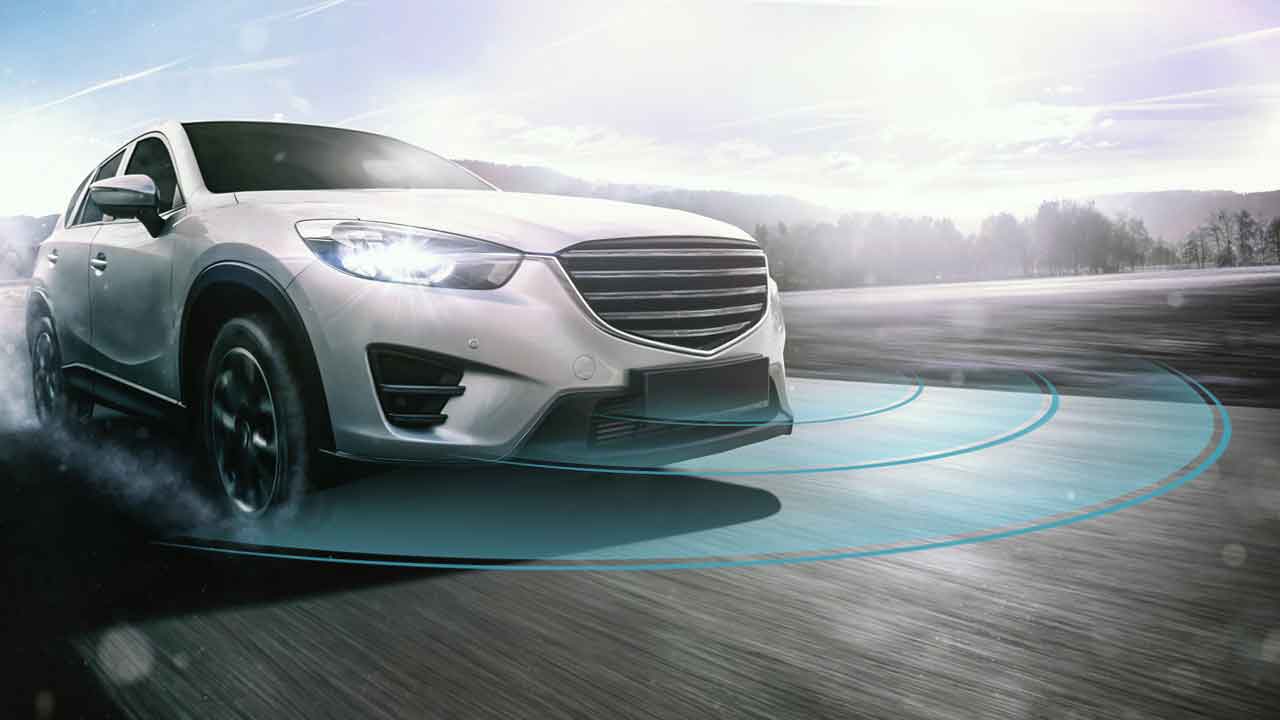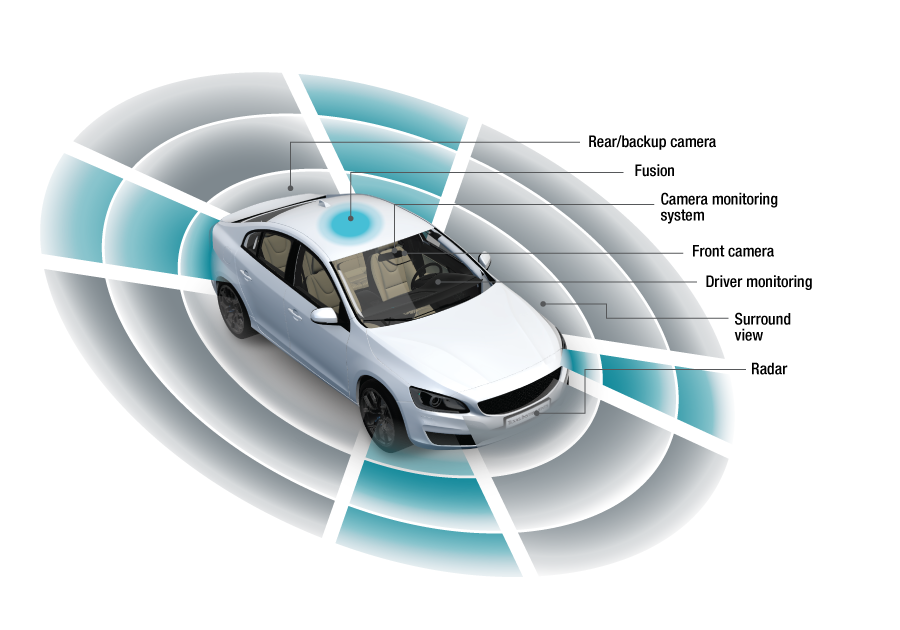SSZT355 january 2020 DRA829V , TDA4VM , TPS6594-Q1

Advanced driver assistance system (ADAS) features have been proven to reduce accidents and save lives. According to Consumer Reports, the Insurance Institute for Highway Safety shows that there were 50% fewer front-to-rear crashes with vehicles equipped with forward-collision warning and automatic emergency braking technology compared to cars without these systems in 2017. Tragically, most accidents happen to drivers whose cars are not equipped with even the simplest ADAS applications.
As ADAS continues to evolve there’s an opportunity to make a greater impact on the road by creating ADAS technology that can be used in a wider range of cars.
Although it is not economically practical for all cars to have all ADAS technology, the objective should be to make driving assistance features available in as many cars as possible. This means that more vehicles on roads need to be capable of cost-effectively sensing, processing and acting on real-time data.
The need for smart and diverse sensing
ADAS solutions need to extract data from a diverse sensor set and convert the data to actionable intelligence for the vehicle. At a minimum, these sensors include different types of cameras and associated optics, radars and ultrasonic technology. More complex cases will also include LiDAR and thermal night vision. Further, the system may perform vehicle localization by comparing features extracted from sensor data with high-definition map data. Assimilating and analyzing this multimodal sensor data must happen in real-time – new data arrives 60 times per second – without replacing the backseat of a car with a data-center server.
| Enhance automated parking with Jacinto™ processors. | |

|
 Learn more.
Learn more.
|
Any solution must be road-ready
The right SoC addresses all of these demands. It can properly balance memory, inputs/outputs and processing cores against a range of application demands, helping meet system bill-of-materials targets. The right SoC can also accommodate an open software development methodology, making it possible to reuse the resulting code and preserve efforts made in development and testing. An SoC can also be built from the beginning with functional safety as an imperative and with the reliability and product longevity necessary to keep vehicle lines viable in the market for years. Done well, the vision of enabling more cars with robust ADAS features (like those shown in Figure 1) is within reach.
 Figure 1 Examples of ADAS applications
Figure 1 Examples of ADAS applicationsHow TI is helping democratize ADAS technology
The new Jacinto 7 processor family, including the TDA4VM and DRA829V, integrates key functional safety features on-chip that enable both safety-critical and non-safety-critical functions on one device; they also improve data management by incorporating high-speed and automotive interfaces. Jacinto 7 processors bring real-world performance to automotive ADAS and gateway systems and help lower system costs to help democratize ADAS technology and make it more accessible.